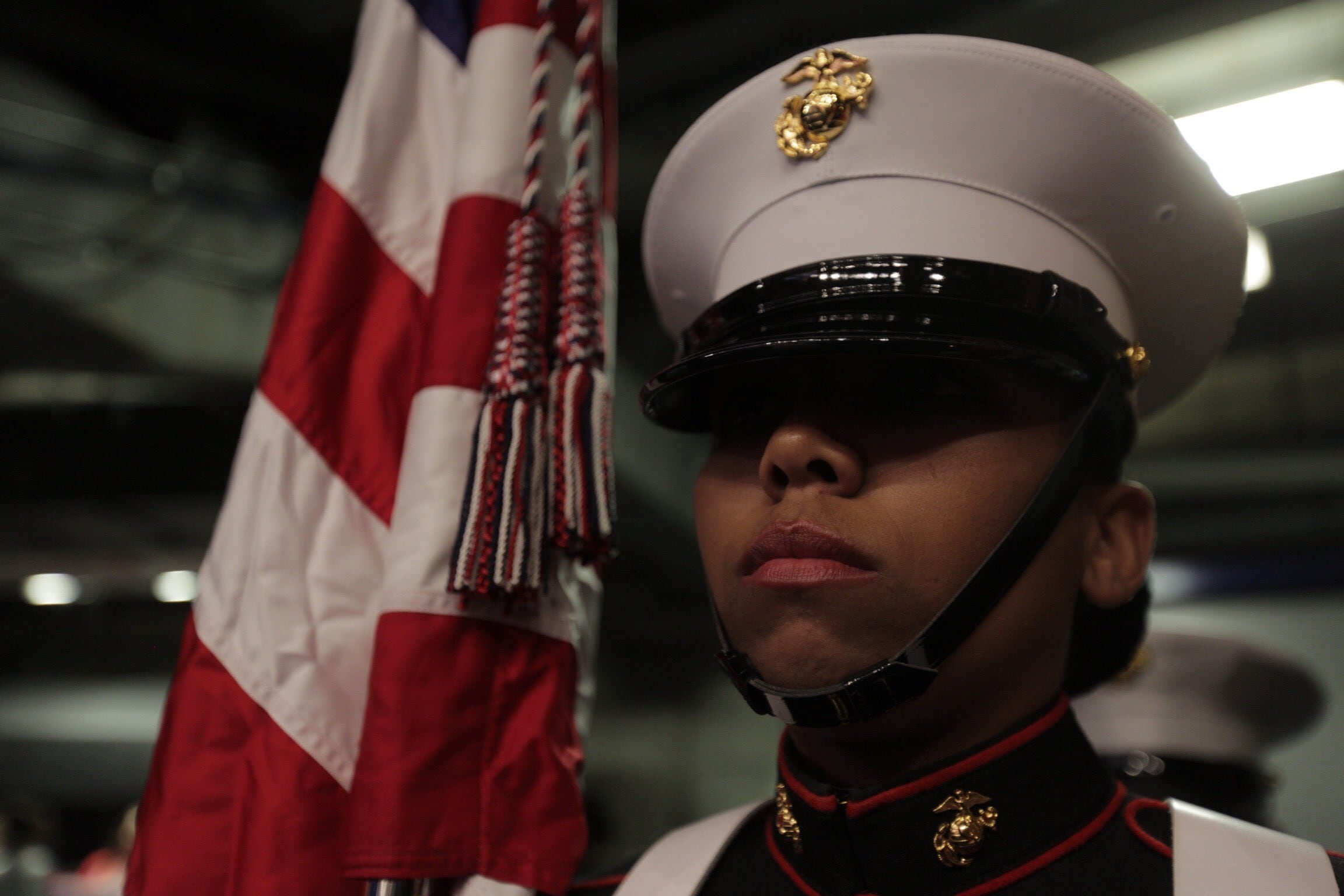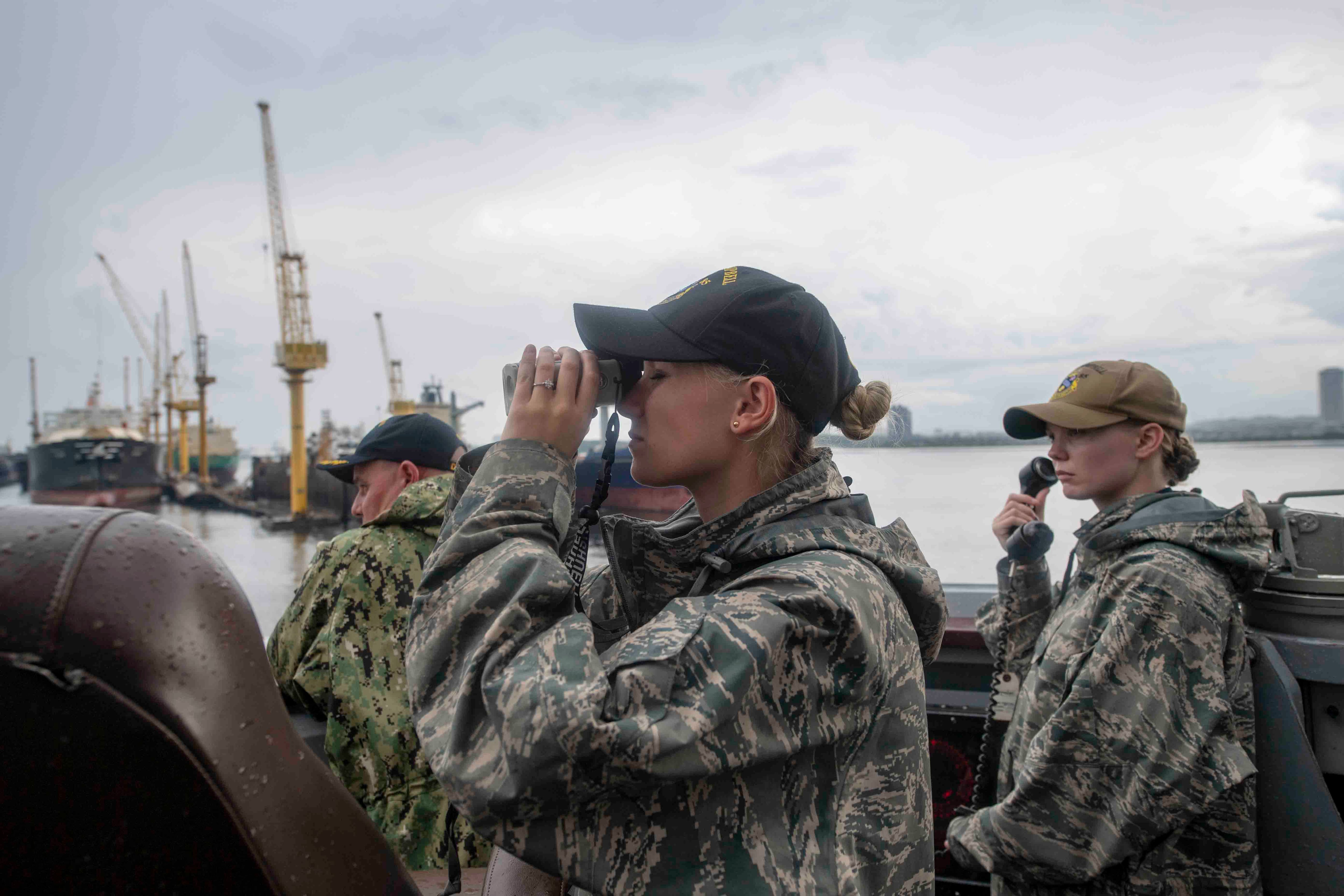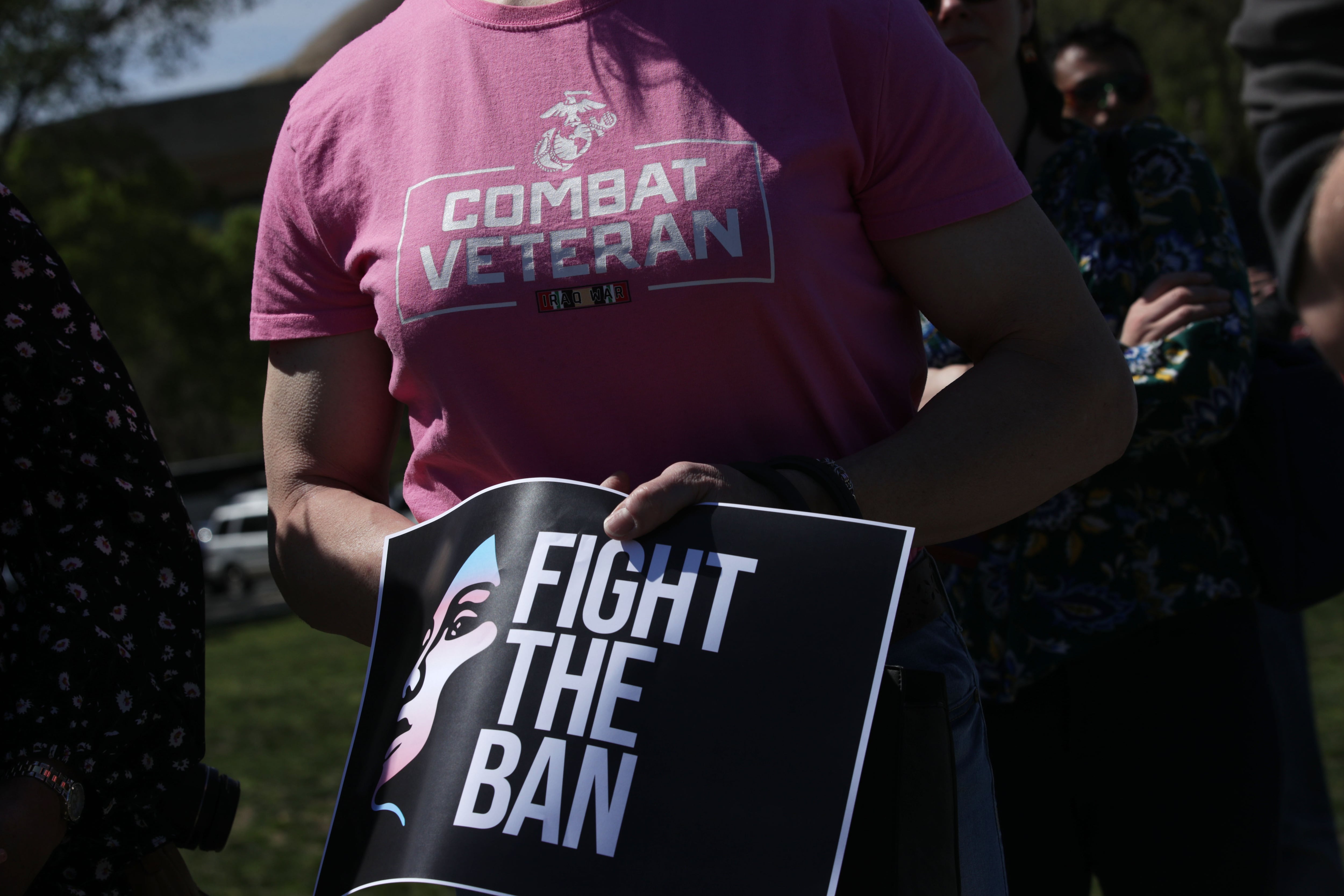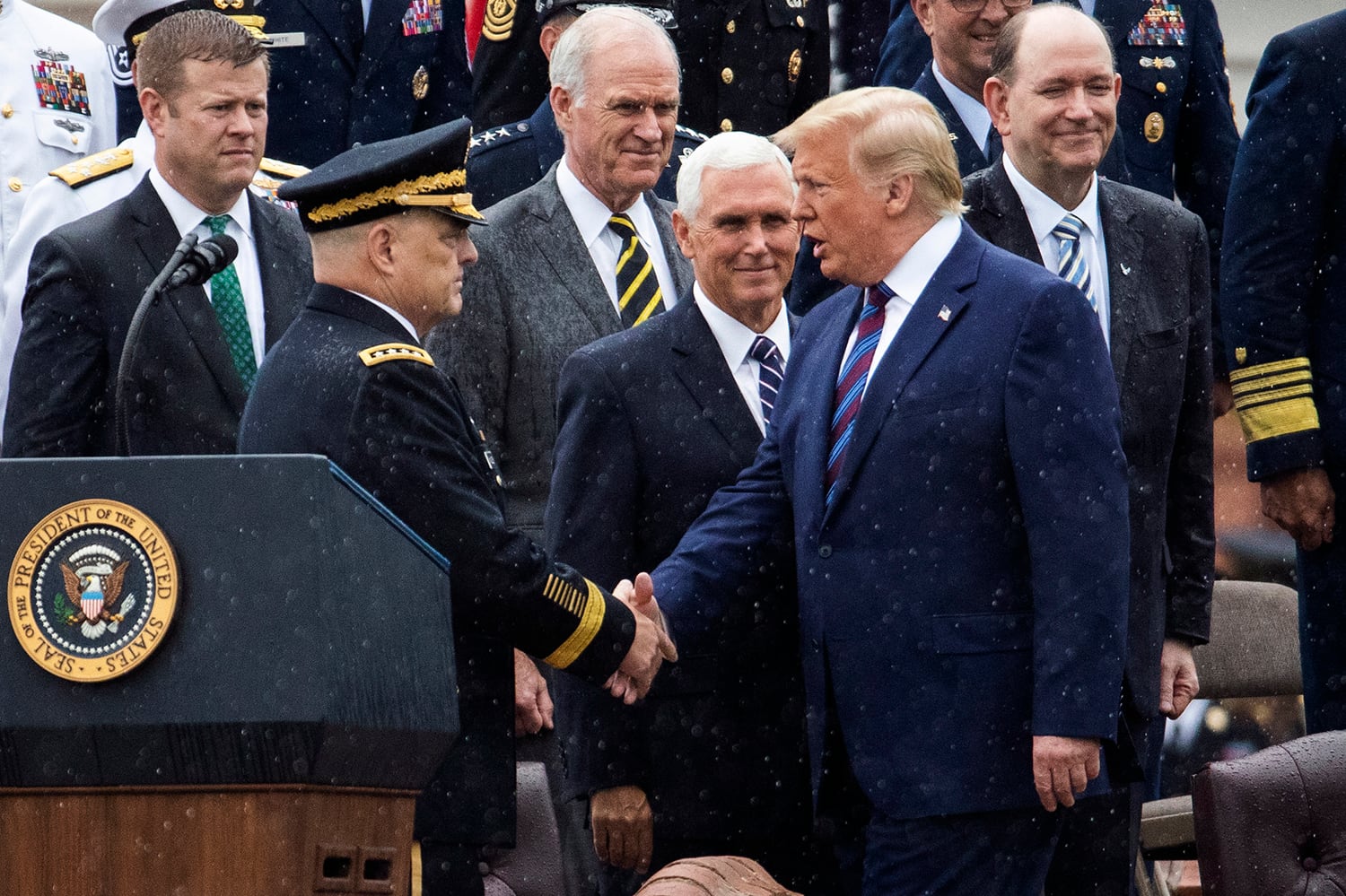One of the largest veterans medical centers in the country went almost two years without a full-time gynecologist and lacked private, secure spaces for women patients for even longer, according to a new report released by the Veterans Affairs Inspector General this week.
Department officials insist most of those issues at the North Texas VA Health Care System have been resolved now, but lawmakers are saying the shortfalls are indicative of larger cultural and leadership problems within the federal agency in their response to the rising number of women veterans.
“The lack of space, privacy, and provider shortages are widespread, and these problems result in inconsistent, inadequate, and insufficient care for our women veterans,” said Rep. Julia Brownley, D-Cal.f. and chair of the House Veterans’ Affairs Committee’s task force on women veterans.
“We owe all of our veterans the highest quality care. As this report points out, when it comes to equity for women veterans, we're clearly falling short.”
RELATED

In the report, investigators criticized officials at the Dallas-area veterans hospital for “ a long-standing deficiency related to resources for women veterans healthcare, such as equipment, supplies and space that were required to ensure gender-specific care.”
They said that staffing issues were a major contributor to the problem, with vacancies that went unfilled for long stretches and inadequate staff to help escort female patients to appointments.
According to VA data, the North Texas VA Health Care System has the fourth-largest women veteran population of any department medical facility in the country. Still, that fact did not appear to motivate administrators to move quicker on fixes to accommodate those patients.
“(Investigators) found limited or no access to women veterans restrooms within the clinic areas,” the report states. “Women veterans who were receiving care in a clinic examination room that required gowning and needed to access a restroom, would have to change into street clothes to walk through a public area to access restrooms, and then re-gown upon return to the examination room.”
The United States has more than 2 million women veterans today, and the number of women using VA health services has more than tripled over the last 20 years. But numerous outside groups have criticized VA officials for being too slow to react to the changing veteran demographic.
Past studies have shown that one in four women veterans have faced harassment when visiting VA facilities, from both other patients and staff. And despite investment in more women-specific health care at the department, veterans advocates say women too often face barriers in accessing their medical care.
RELATED

In light of the facility space and staff issues at the Texas VA facility, officials pushed many female patients into community care programs outside the department facility. But investigators said that while that provided more timely care for many veterans, VA administrators often did not follow up on that care with adequate monitoring of patients’ medical situation.
In response to the report, local officials said that they have filled several staffing vacancies and improved training protocols. They have also updated their scheduling systems to allow for longer appointments for female patients, and promised renovations to exam areas to allow for more privacy and security.
In a statement, hospital spokesman Jeffrey Clapper said the facility in recent months has launched a new women’s health provider training program that has increased the number of women’s health primary care providers from 11 to 75.
“As a result of these improvements, VA North Texas Health Care System outperforms most other U.S. hospitals in female specific effectiveness of care,” he said.
Still, advocates for women veterans say too often those kind of obstacles to care discourage individuals from getting the medical benefits they earned.
“Women are not going to come into the fold until there is a signal that VA is going to meet the standards they expect for their care,” said Lindsay Rodman, executive vice president for communications and legal strategy at Iraq and Afghanistan Veterans of America. “They need to know their health care is being adequately resourced.”
In recent years, IAVA has been pushing legislation (the Deborah Sampson Act) designed to mandate better staffing levels and care standards for women visiting VA hospitals. Rodman said she is hopeful the latest report can create new legislative momentum for that, by highlighting the shortcomings that many facilities face.
Browley said those kinds of shortfalls — both at the Texas facility and at other VA sites across the country — will be the continued focus of her task force in coming months. The panel was formed last May to look at those kinds of VA problems along with broader resources for women veterans outside the federal government.
Leo covers Congress, Veterans Affairs and the White House for Military Times. He has covered Washington, D.C. since 2004, focusing on military personnel and veterans policies. His work has earned numerous honors, including a 2009 Polk award, a 2010 National Headliner Award, the IAVA Leadership in Journalism award and the VFW News Media award.





